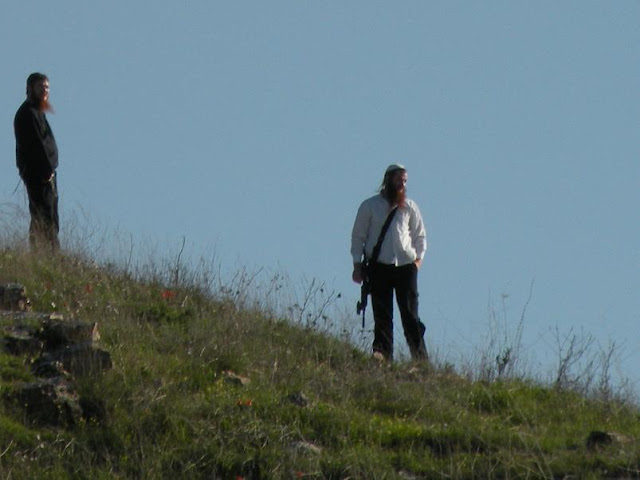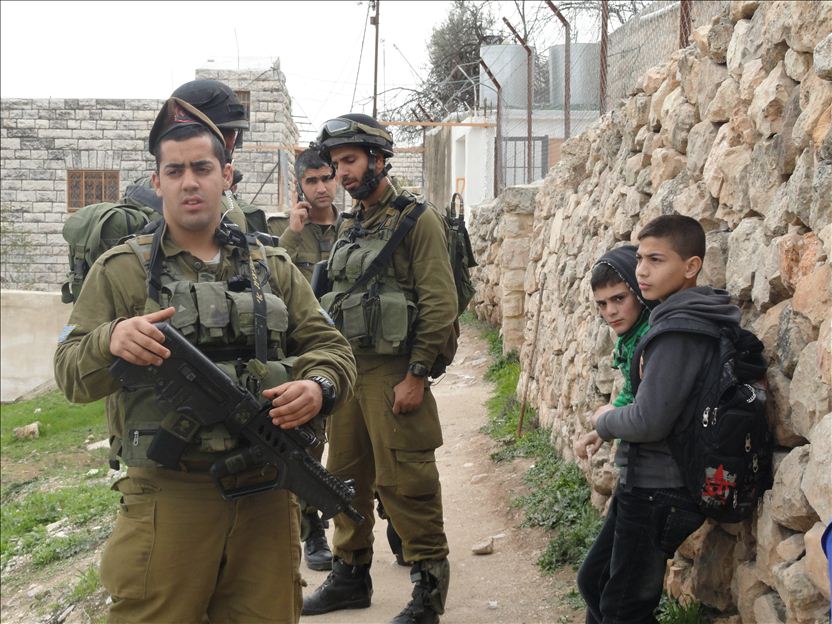-
Asira al Qibliiya: “The time for settler attacks is now”
by Amal 11 February 2012 | International Solidarity Movement, West Bank As warm days sneak into this cold month of February, illegal settlers begin their season of attacks early. Although there is no “off season” for settler attacks, the number of these criminal acts increases in the spring and summer. The residents of Asira al […]
-
Hebron: At least 10 children arrested by Israeli military in one week
by Satu Gustafsson 11 February 2012 | International Solidarity Movement, West Bank The extreme Golani Unit of the Israeli military is escalating its arrests of Palestinian children in Al Khalil (Hebron), targeting boys between the ages of 12 to15 years old with at least 10 reported cases of child arrests made just in the span […]
-
Burin: Yitzhar settlers leave the mark of violence
by Veronica 10 February 2012 | International Solidarity Movement, West Bank On Thursday 9 February at about 10pm, a house in the village of Burin near Nablus was attacked by settlers. Approximately 50 armed settlers approached a house near the edge of the village and threw stones and rocks at the inhabitants, shouting at them […]
Action Alert An Nabi Saleh Apartheid Wall Arrests BDS Bethlehem Bil'in Cast Lead Demonstration Denial of Entry Ethnic Cleansing Farmers Gaza Global Actions Hebron House Demolition International law Israeli Army Jerusalem Live Ammunition Nablus Ni'lin Prisoner Ramallah Rubber-coated steel bullets Settlement Settlers Settler violence Tear-Gas Canister Video


